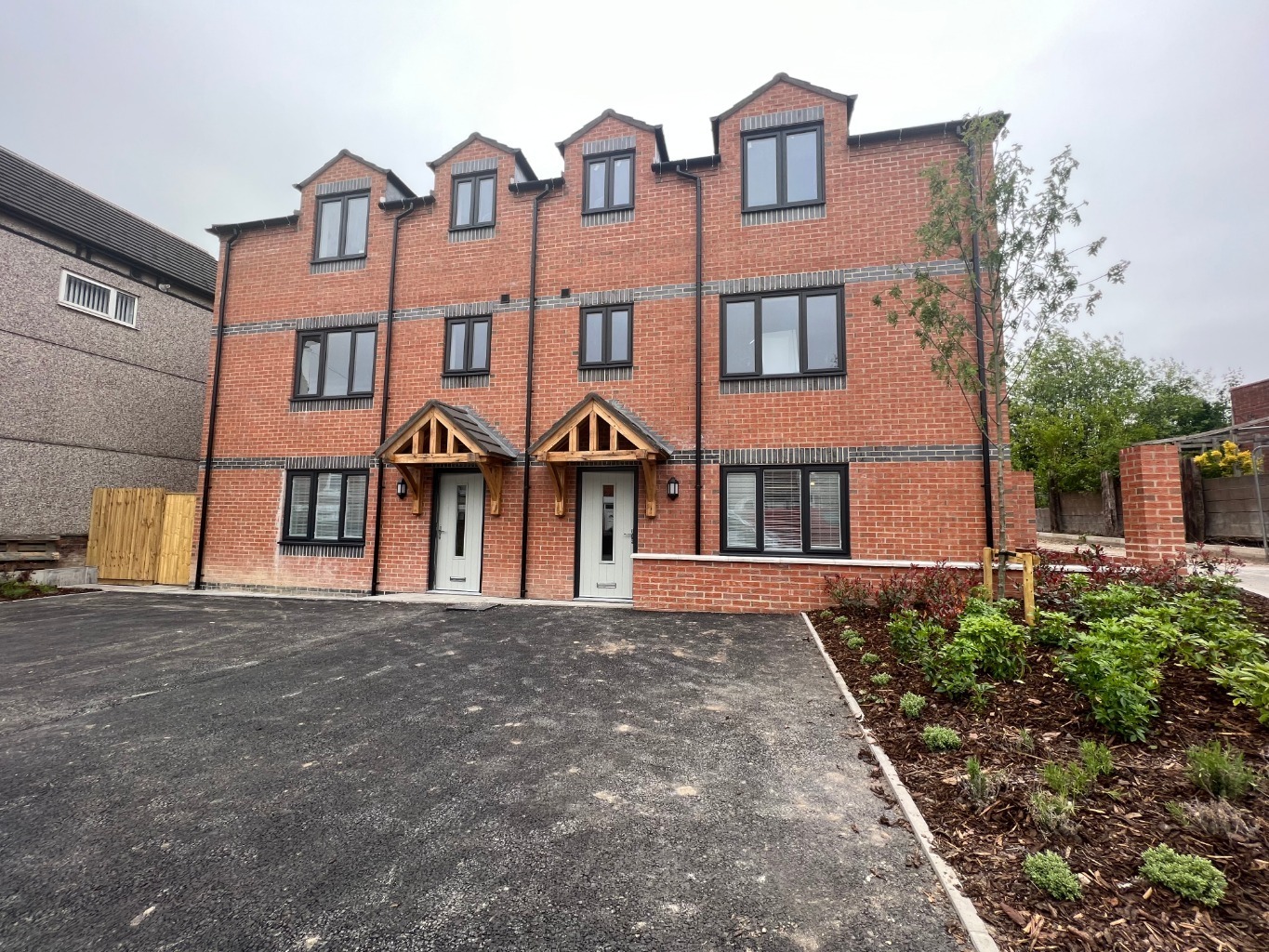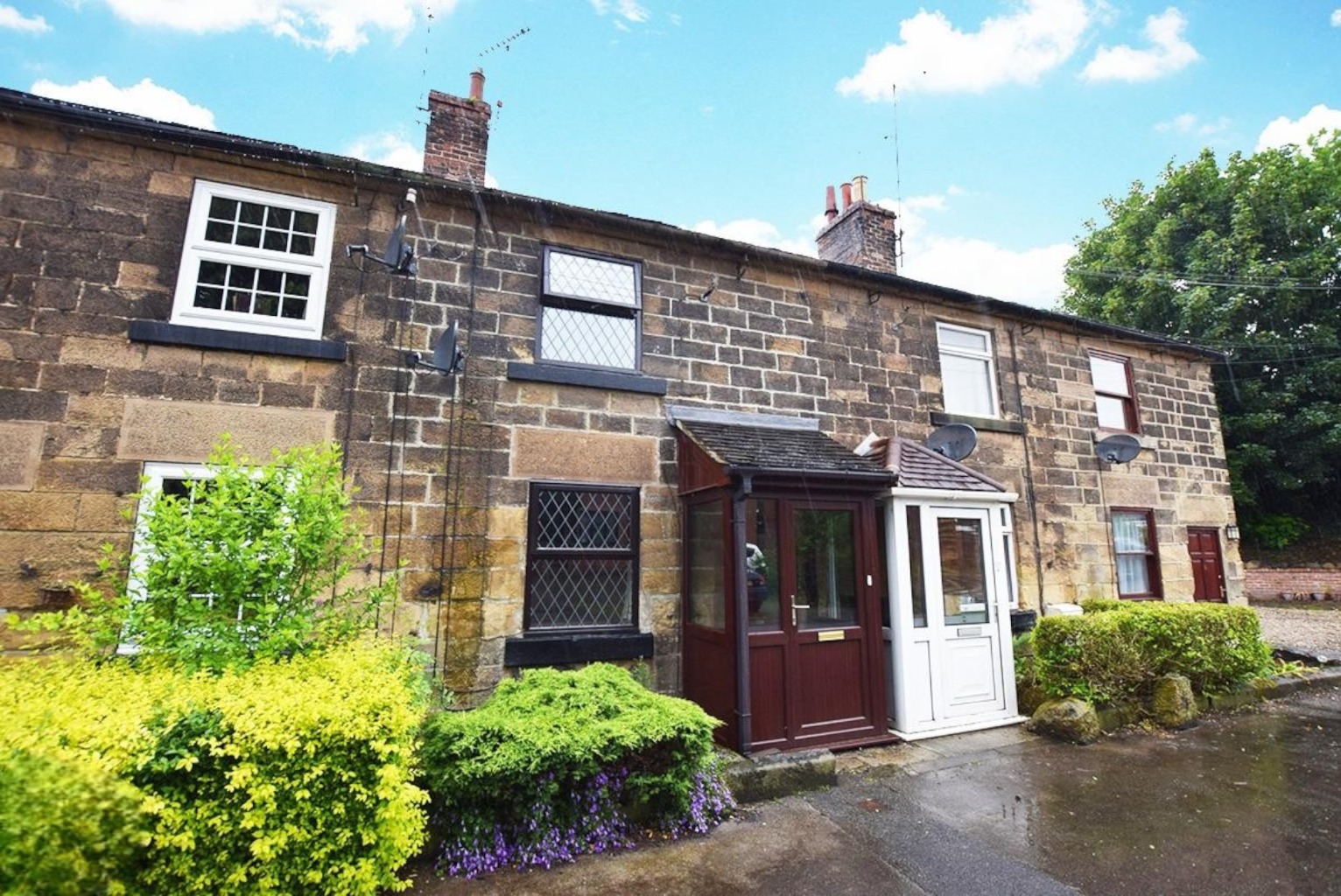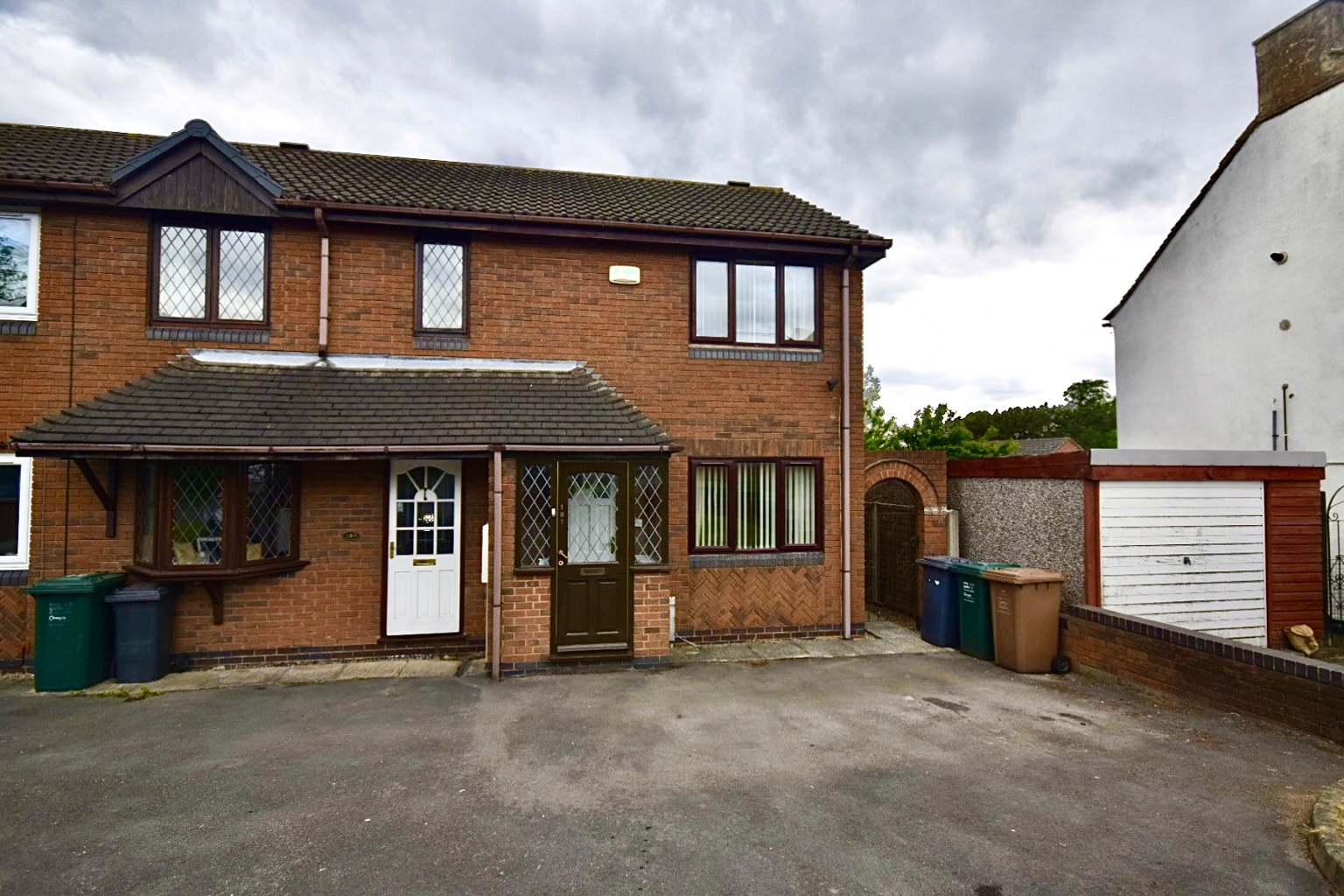
How to Strategically Invest £250,000 in Buy-to-Let Property: A Buyer's Guide
Considering a property investment in the UK with £250,000? This guide will help you navigate the market, offering practical insights and strategic advice to maximise your returns. Discover how to make your capital work harder, whether you're a first-time investor or looking to expand your portfolio.
Imagine Sarah, a seasoned property investor with a modest portfolio, who recently inherited £250,000. Her immediate thought was, 'How can I best use this to grow my property portfolio and secure my financial future?' This is a common scenario for many aspiring or existing property owners, and with a substantial sum like £250,000, the options can seem both exciting and overwhelming.
So, how do you strategically deploy this capital in today's UK rental market?
🔹 Understanding Your Options: Diversification vs. Concentration
When faced with £250,000, your primary decision revolves around whether to diversify your investments across multiple, lower-value properties or concentrate on one or two higher-value assets. Both approaches have their merits and drawbacks.
Option 1: Multiple Lower-Value Properties (Diversification)
With £250,000, you could potentially acquire several smaller properties, perhaps in different areas or catering to different tenant demographics. For instance, you might consider:
Two to three smaller flats or terraced houses: In some regions of the UK, particularly the North or Midlands, £100,000-£150,000 can still secure a decent two-bedroom property. With £250,000, you could potentially buy two outright or use it as a significant deposit for three, leveraging mortgages.
Five properties at £200,000 each: This strategy involves using your £250,000 as a £50,000 deposit for each of five properties, each valued at approximately £200,000. For example, in an area like Derby, a typical 3-bedroom terraced house might sell for around £200,000. With a £50,000 deposit, you would need a mortgage of £150,000 for each property. Average rents for a £200,000 house in Derby could range from £850 to £1,000 per month, potentially yielding a gross rental yield of 5.1% to 6% (calculated as annual rent / property value). This approach significantly expands your portfolio, but also increases your mortgage commitments and management responsibilities.
Student accommodation: Often, individual rooms or smaller units in purpose-built student accommodation (PBSA) can be purchased for less, offering strong yields, though management can be more intensive.
Pros: Diversification spreads risk. If one property is vacant or requires significant repairs, the others can still generate income. It also allows you to tap into different rental markets.
Cons: Higher management overhead (multiple tenants, multiple maintenance issues). Transaction costs (stamp duty, legal fees) are incurred for each purchase, potentially eroding your capital faster.
Option 2: One or Two Higher-Value Properties (Concentration)
Alternatively, you could use the £250,000 as a substantial deposit for one or two more expensive properties, perhaps in prime locations or with higher rental potential.
A larger family home: In areas with strong demand for family rentals, a larger property might command a higher rent and attract more stable, long-term tenants. £250,000 could be a 25-30% deposit on a £800,000-£1,000,000 property.
A multi-unit dwelling (e.g., a house converted into flats): This offers multiple income streams from a single building, potentially simplifying some aspects of management compared to geographically dispersed properties.
Pros: Potentially higher capital appreciation in desirable areas. Simpler management (fewer properties to oversee). Lower overall transaction costs relative to the total value.
Cons: Higher risk concentration. If the single property is vacant or experiences a major issue, your entire investment income is affected. Requires a larger mortgage, increasing financial commitment.
🔹 Strategic Considerations in Today's Market
The UK rental market is constantly evolving. Here's how to refine your strategy:
1. Research Local Market Dynamics
Before committing, thoroughly research specific areas. Look at:
- Rental Yields: What is the average gross rental yield for properties in your target area?
- Tenant Demand: Is there strong demand for the type of property you're considering? Are there local employment hubs, universities, or good transport links?
- Future Development: Are there any planned infrastructure projects or regeneration schemes that could boost property values and rental demand?
- Article 4 Directions: Be aware of any local council Article 4 Directions that restrict permitted development rights, particularly for HMOs (Houses in Multiple Occupation).
2. Leverage Mortgages Wisely
Unless you plan to buy outright, a significant portion of your strategy will involve buy-to-let mortgages. With £250,000, you have a strong deposit, which can secure better interest rates and terms. Consult with a specialist mortgage broker to explore options, considering interest-only vs. repayment, and fixed vs. variable rates.
3. Consider Property Type and Tenant Profile
Think about the type of tenant you want to attract. Professional couples, families, students, or young professionals all have different needs and expectations. This will influence the property type, location, and even the level of furnishing you provide.
4. Factor in All Costs
Beyond the purchase price, remember to budget for:
- Stamp Duty Land Tax (SDLT): For investment properties, this is a significant cost.
- Legal Fees: Conveyancing costs.
- Mortgage Arrangement Fees: If applicable.
- Refurbishment/Renovation: Budget for any necessary upgrades to make the property rentable.
- Ongoing Costs: Maintenance, insurance, letting agent fees, safety certificates, and potential void periods.
5. The Power of a Good Estate Agent
This is where a local, experienced estate agent becomes invaluable. They possess granular knowledge of the local market, including:
- Demand hotspots: Where are tenants actively looking?
- Realistic rental values: What can you truly expect to achieve?
- Property suitability: Which properties are best suited for rental investment?
- Off-market opportunities: Sometimes, the best deals aren't publicly advertised.
An estate agent can help you analyse potential returns, understand local regulations, and even assist with property management, ensuring your investment is well-maintained and profitable.
🔹 Conclusion
Turning £250,000 into a successful property investment requires careful planning and a clear strategy. Whether you opt for diversification or concentration, the key is thorough research, understanding the market, and leveraging expert advice. By doing so, you can confidently expand your portfolio and achieve your long-term financial goals in the UK's dynamic rental landscape.
For advice on 'all things lettings', please contact me for a chat.













